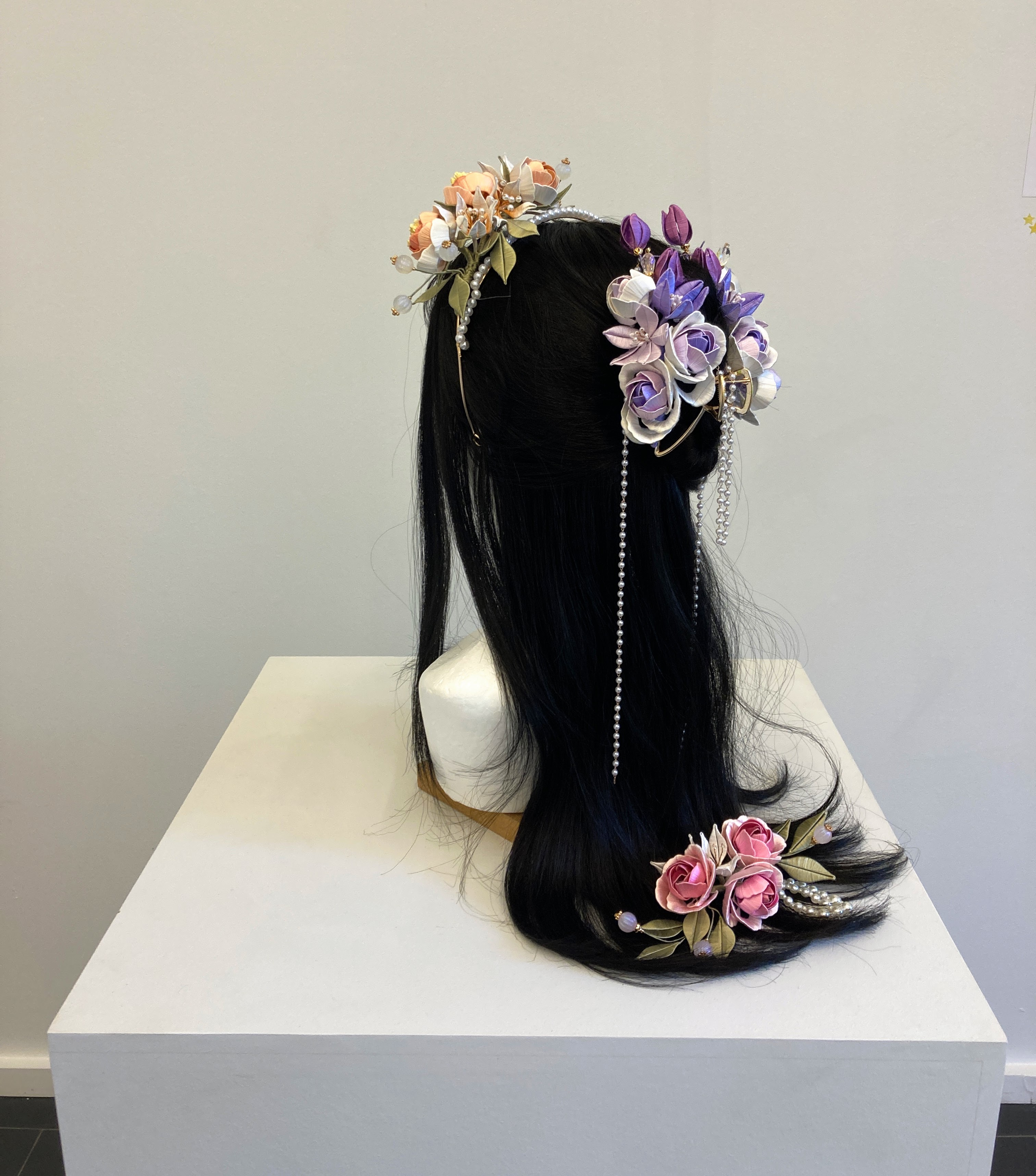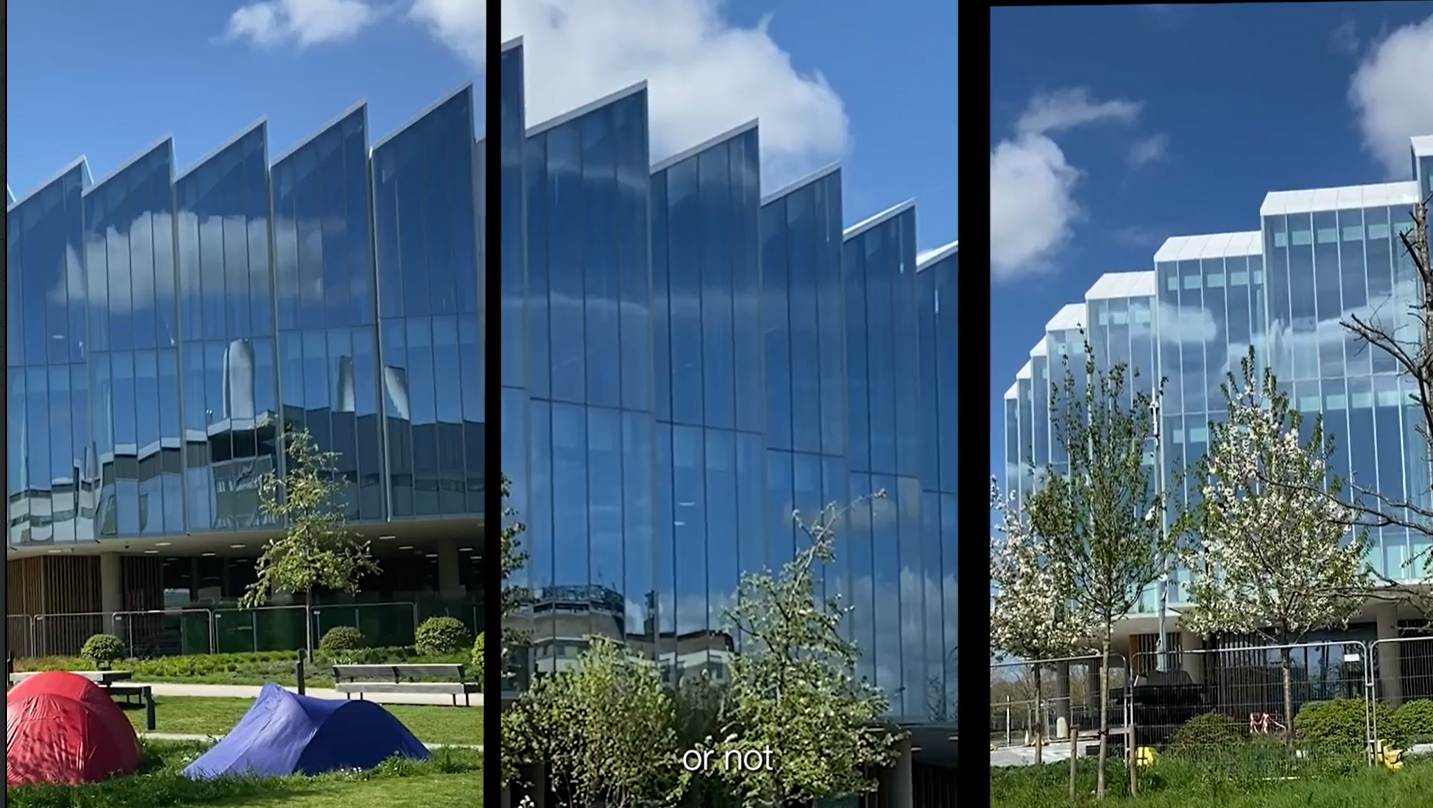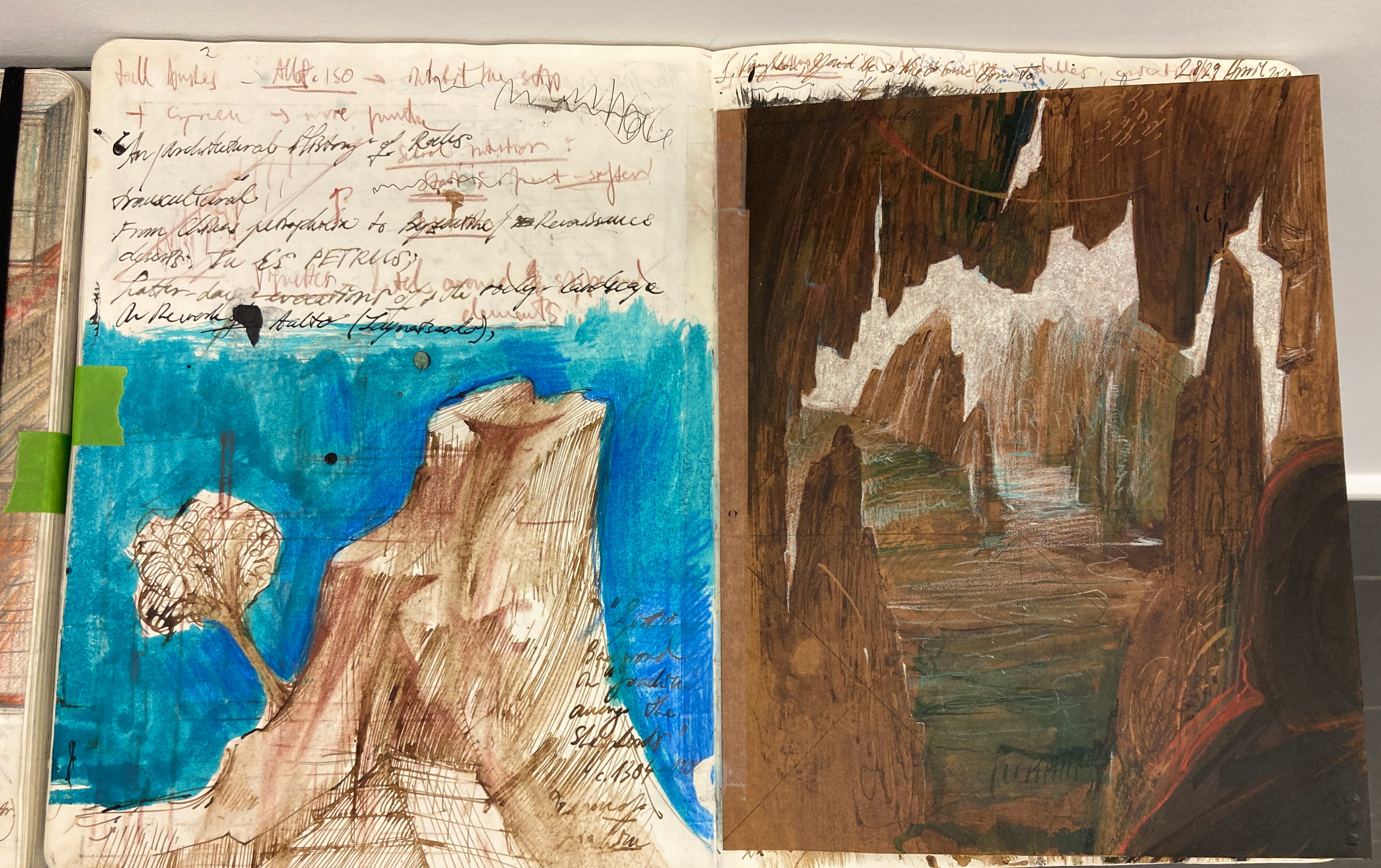Twining Egginton Prize in Fine Arts 2023
Twining Egginton Prize for Fine Arts 2023
The Twining Egginton Prize was established in 2014 by Downing alumnus Edward G. Blankenship (Architecture, 1968) in honour of his friend and fellow architect Geoffrey Twining Egginton and his wife, Susan.
In another first since The Heong Gallery began to administer the prize, the Twining Egginton Prize submissions were displayed for a week in a dedicated exhibition at The Heong Gallery. This year, there were 27 entries from 18 artists, a new record. We are very grateful to artist Issam Kourbaj for judging the entries and helping us identify this year’s winners, a very challenging task in a varied field.
The winners of the Twining Egginton Prize for Fine Arts 2023
- Nicolaos Petropoulos (Ph.D. in Applied Mathematics) and Chi Vo for Walls: Oppression? Repression? Revolution?, a short film masterfully marrying images and poetry, with an instant and unforgettable impact.
- Xinran Wu (Ph.D. in Education) for ‘Chanhua’ Hairpieces, made with astounding skill and displaying a keen eye for balance and beauty.
- Luka Pajovic (Ph.D. in Architecture) for his notebooks. Although all of his other submissions were prize-worthy for skilled draughtsmanship, Luka’s notebooks are unique in how they pulsate with life, images, and ideas.
- Kellerine Quah (M.Phil. in Population Health Sciences) for Beware the Curse of Knowledge. This single spread of ‘notes’ from a lecture displayed an intelligent graphic eye, moving seamlessly from fonts, to images, to patterns.
- Edward Elson Kosasih (Ph.D. in Engineering) and Rami Cassia (Ph.D. in Mathematics of Information) share the final prize for two works that brought data to life in visually arresting ways. It was impossible to choose between Edward’s almost sculptural web of AI-generated human connections and Rami’s hypnotic grid of simulated fluid dynamics.
Also worthy of commendation were…
- The striking image of gloved hands pulling plastic out of a fish’s mouth in Hannah Bradley’s Catching Life.
- The image of three boys balanced precariously on a concrete pipe by Raul Saenz.
- The keenly observed and beautifully composed drawings in Grace Wardle-Solano’s travel sketchbook A Year of Travels.
- The courage, rawness, and vulnerability in Ajay Gill’s Invisible (Cuts That Only I Can See).
- The unexpected form and juxtaposition of shapes in Trista (Chuying) Wu’s The Naked Truth.
- The delightful flowers in Lantern and the reflected cherry blossom tree in Just In Time: Kiyomizu Dera Temple by Lauren Moon.
- The masterful treatment of skin textures and use of cold colours in Georgia Hui’s self-portrait.
- The treatment of light and the distant figure in Cassandra Lim’s Magenta at 6.
- The bold colonnaded building in Samuel Dada and Keri Mo’s Pillar 2 Pillar.
- The ghostly textures and phantom buildings in Zixuan Li’s photographs of Cambridge.
- The ambitious and complex installation simulating laboratory eye-tracking interfaces by Chara Triantafyllidou.

A sculptural web of AI-generated human connections by Edward Elson Kosasih

"Beware the curse of knowledge" by Kellerine Quah

"Chanhua hairpieces" by Xinran Wu

A grid of simulated fluid dynamics by Rami Cassia

"Oppression? Repression? Revolution?" by Nicolaos Petropoulos and Chi Vo

